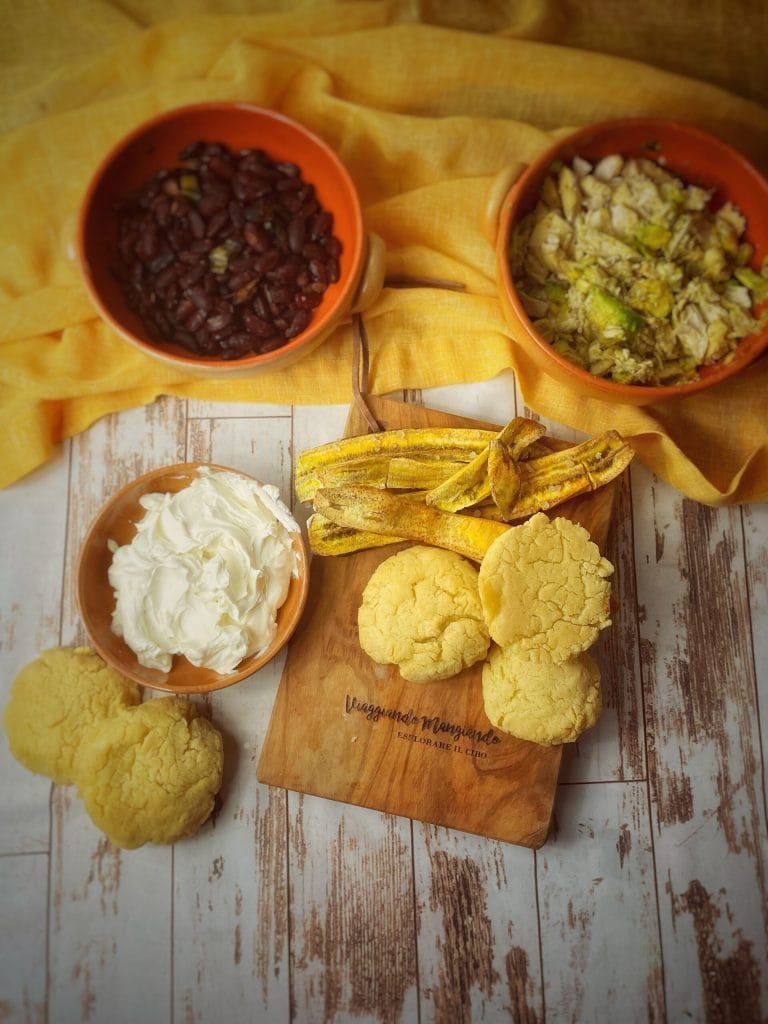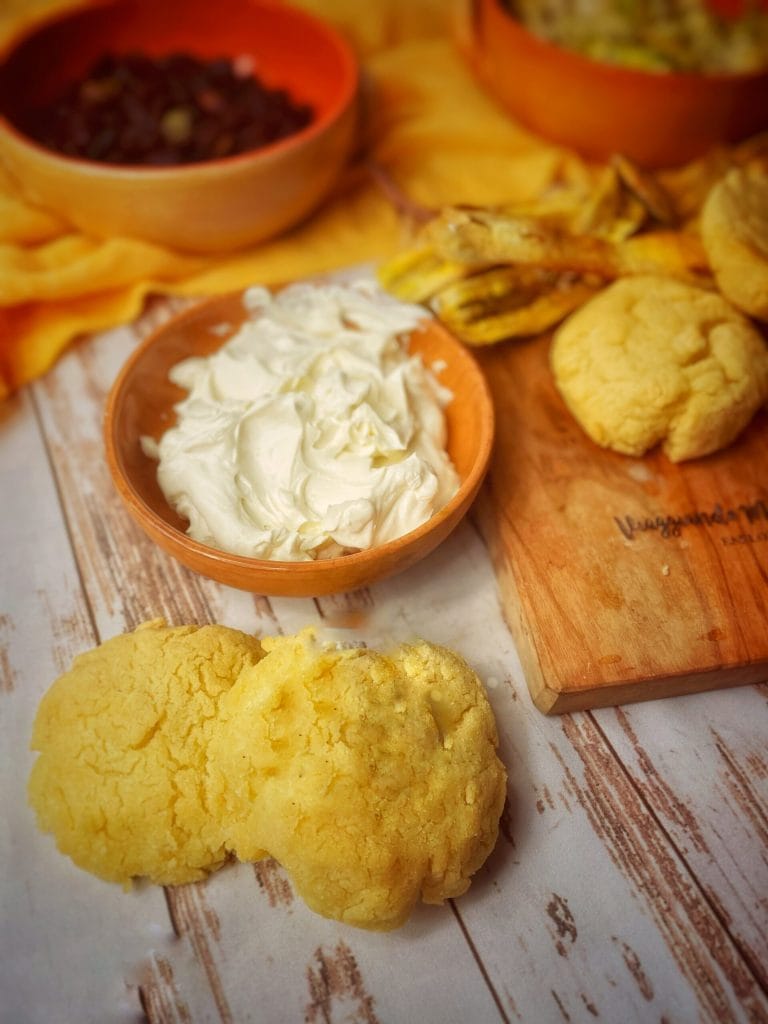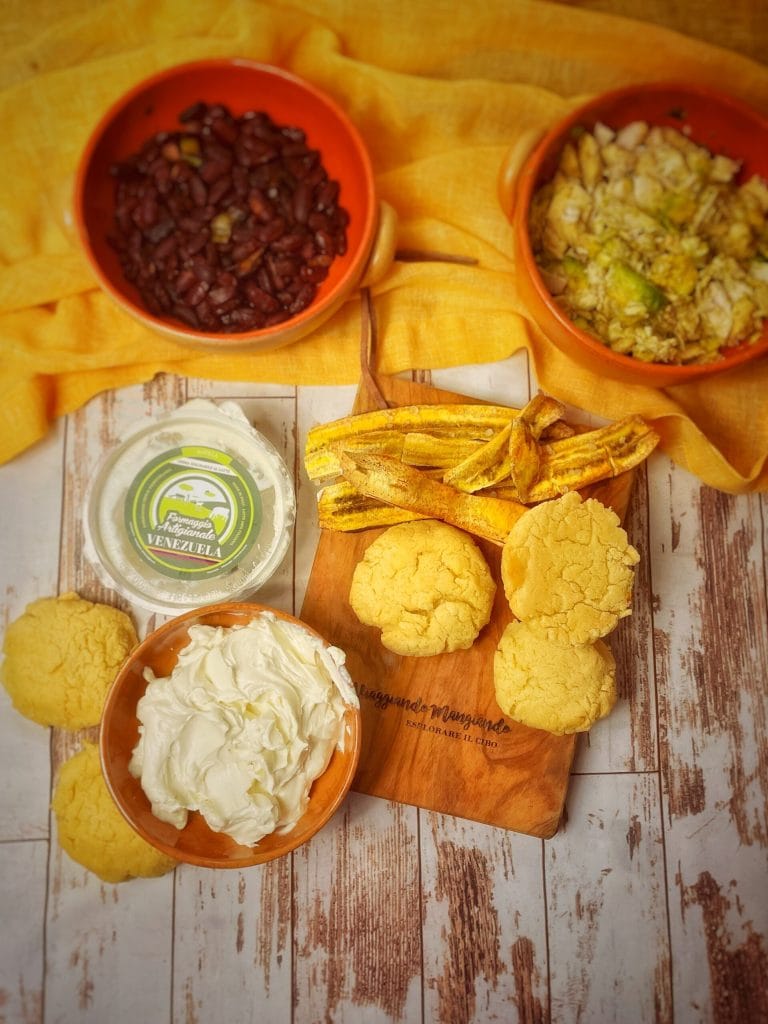After gaining independence and throughout much of the 19th and early 20th centuries, due to internal instability and a series of civil struggles and dictatorships that followed, Venezuela was unable to achieve satisfactory economic development.
It wasn’t until European immigration in the forties and the exploitation of oil that innovation and development arrived.
It was Marcos Pérez Jiménez, part of the military junta that came to power in 1948, who centralized all power and became dictator of Venezuela, favoring immigration.
In the late fifties, after the fall of the dictator, a democratic system of government was established in the country, lasting to this day.
In 2002, a coup d’état was attempted against Hugo Chávez, accused of repeatedly and insistently violating the constitutional dictates, by sectors of the business community, but it failed.
Chávez died of cancer in March 2013, and he was succeeded by Nicolás Maduro, one of his most loyal supporters.
Under his government, severe economic problems emerged, and a fierce struggle against the United States worsened Venezuela’s economic status significantly, with increased crime, inflation, and poverty.
In 2017, Venezuela’s Attorney General Luisa Ortega Díaz filed an action against him in the Supreme Court, accusing him of violating the constitutional order and subverting the democratic system.
On April 6, 2015, 33 world leaders issued a manifesto against Maduro’s government.
Following the 2018 Venezuelan presidential elections, which were highly contested and deemed irregular by the opposition and several foreign states, and the subsequent re-installation of Nicolás Maduro, Juan Guaidó, President of the National Assembly, declared himself President of the Bolivarian Republic.
During a cruise with Costa Romantica in 2002, I disembarked at Isla Margarita, but I can’t say I’ve been to Venezuela, except for a few hours.
For years, I’ve wanted to visit Los Roques, but the ongoing political problems in Venezuela have prevented me from doing so.
Venezuelan cuisine has European, indigenous, and African roots and is heavily influenced by Caribbean cuisines in terms of techniques and the use of certain foods like plantain.
Instead of bread, most Venezuelans eat Venezuelan arepas: cakes made with fine white cornmeal, usually eaten not only as a snack but also during main meals.
They are ideal for celiacs, being gluten-free, and they are filled in many different ways: melted cheese, shredded chicken meat, vegetables.
Arepas can also be consumed as they are, or cold with cold cuts, salads, shrimp, tuna, caraotas negras (black bean sauce), and white cheese, yellow cheese, and carne mechada (called the “pelúa”), fried plantain or even with the chicken and avocado salad called Arepa “reina pepiada“.
September 14 is World Arepa Day.

- Difficulty: Medium
- Cost: Very cheap
- Rest time: 5 Minutes
- Preparation time: 10 Minutes
- Portions: 4 people
- Cooking methods: Frying
- Cuisine: Venezuelan
- Seasonality: All seasons
Ingredients
- 8.8 oz white cornmeal
- 1.7 cups water (or chicken broth)
- to taste salt
- to taste vegetable oil
Preparation
Place the precooked cornmeal, salt, and oil in a bowl and add the necessary milliliters of water. Initially mix with a fork, and when the dough becomes more solid, use your hands and knead lightly.
Shape 4 round balls about the size of an egg and let them rest for a few minutes.
Flatten the balls to a thickness of about 0.6/0.8 inches.
Heat the pan and cook the arepas on each side until they have the right color and crispness (15 minutes).
Then let them cool slightly. Using a pointed knife, cut them horizontally halfway if you want to fill them.
Stuff the Venezuelan arepas with ingredients and sauces of your choice.
Nata Criolla
You can also serve them with nata criolla (natilla): pasteurized cow’s milk cream with a white color and creamy consistency, slightly salty, a tangy taste, and very creamy.
Ideal for spreading and serving with tequeños, arepas, jojoticos, tostadas.
▶Its origin is associated with the Llanero food: the guaros traditionally claim the cream as their own, the gastronomic flag of the state of Lara.
You can buy it through the Instagram profile @formaggioartigianalevzla .

How to prepare caraotas negras?
Soak the dry beans (250 g) in plenty of water for at least 12 hours.
Drain them from the soaking water and pour them into a large pot with a thick bottom along with 10 glasses of water. Cover and bring to a boil. Once boiling, lower the heat and let them cook, covered, for about 1 hour.
After the time has passed, uncover, check the cooking, and continue over medium heat for about another hour.
Meanwhile, prepare the aromatic sauté. Wash, open, and remove the internal filaments and seeds from both the pepper and the ají dulce (3). Cut them into julienne strips.
Peel, wash, and chop the onion (1) and the garlic clove.
In a small pan, heat the oil, brown the vegetables, and season them with salt and plenty of cumin.
About 10 minutes before the end of cooking, add the sauté to the pot and mix to combine.
How to prepare the Arepa reina pepiada?
It is the most famous Arepa in Venezuela, created in honor of the famous queen Susana Dujim, Miss Venezuela and Miss World 1955.
The word “pepiada” means fantastic, an adjective applied to a full-figured woman with beautiful curves, as was fashionable at the time.
Ingredients: shredded chicken, avocado cream, seasoned with coriander, onion, and a pinch of mayonnaise.
Cook the chicken breast in a pot with water and a bit of salt.
Shred the chicken with a fork into strips and finely chop the half red onion into very small squares. Also chop the coriander.
Mix the red onion with the coriander and coarsely mash the avocado (1) with a fork. Add 3 tablespoons of mayonnaise and a pinch of salt and pepper.

